Home & Living
How This Family Started Living, Not Just Existing, In Their House
“In a year spent in survival mode, making our space beautiful felt trite,” writes Megan Isennock. “But what we’ve learned is that it’s not.”
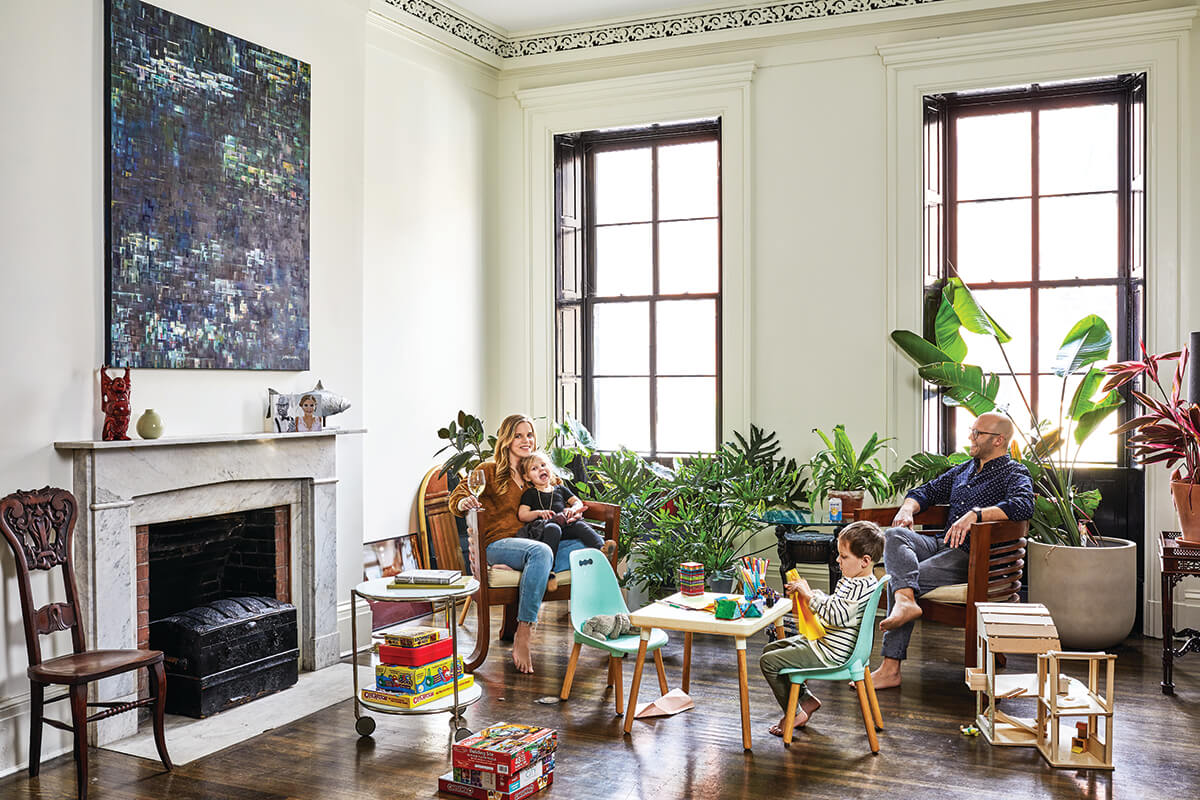
Four Halloweens ago, my husband and I stood in front of our dream home in our bathrobes. Our second child had been born the month before, and after spending an—honestly, worrisome—amount of time crafting our son’s fire-truck costume out of a diaper box, I had no energy left for the rest of us. I tossed my husband his robe, and stuck name tags reading “TIRED” on our terry cloth lapels, and “THE REASON” on the Baby Bjorn strapped to my chest.
We set out, our plucky fire truck leading his enervated family door to door in our Mt. Vernon neighborhood until we reached the door behind which lay the house we’d fantasized about for nearly a decade. We knew someone had recently bought it after it spent a few years as a corporate rental, but we had only gleaned his first name from the neighbors. I figured if we couldn’t live there, we’d find a way to spend time in the house as guests. I accepted a glass of spiked cider from friends next door and calmly waited until I heard a handsome stranger introduce himself as “Matt.”
And then, in the friendliest way possible, I pounced. “Hi, I’m Megan! You bought my house.” He was, of course, confused and asked if I used to live there. Fortified by the cider, six weeks of sleepless nights, and 10 years of highly specific real estate stalking I said, “No, but I think I will one day.”
Whether Matt (or Mister Matt, as our adoring children now call him) decided to become my friend because he appreciated my “quirky” sense of humor or because he didn’t want to get murdered is still up for debate, but we immediately clicked. Over the next few years, we became close—inviting each other to dinners and parties, going on ski trips, and exchanging notes on the best restaurants and shops in the city.
Matt dove headfirst into Baltimore’s social and philanthropic scenes, which led him to host fundraisers and networking events in his home. It was at one of these functions when he mentioned he was toying with the idea of selling the house to be able to travel for work more easily. With an eyebrow raised, he asked, “Know anyone who might be interested?” A year later, almost to the day, we moved in.
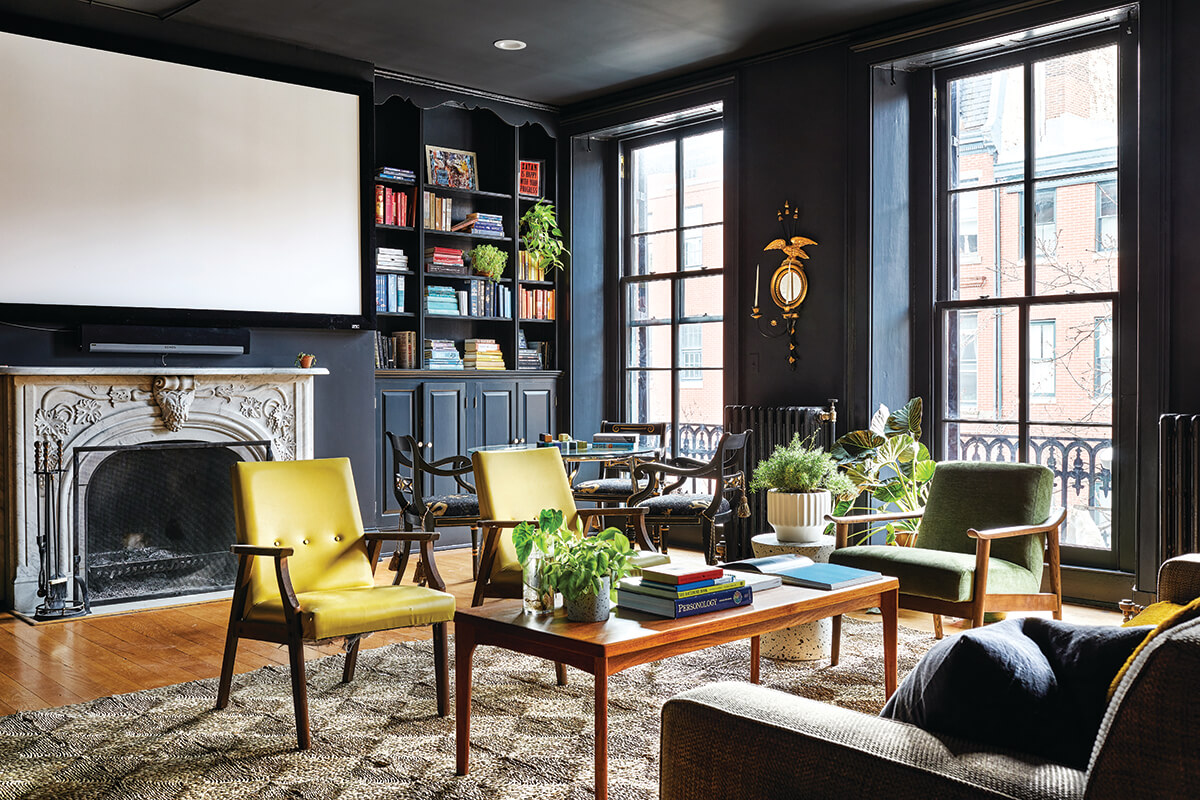
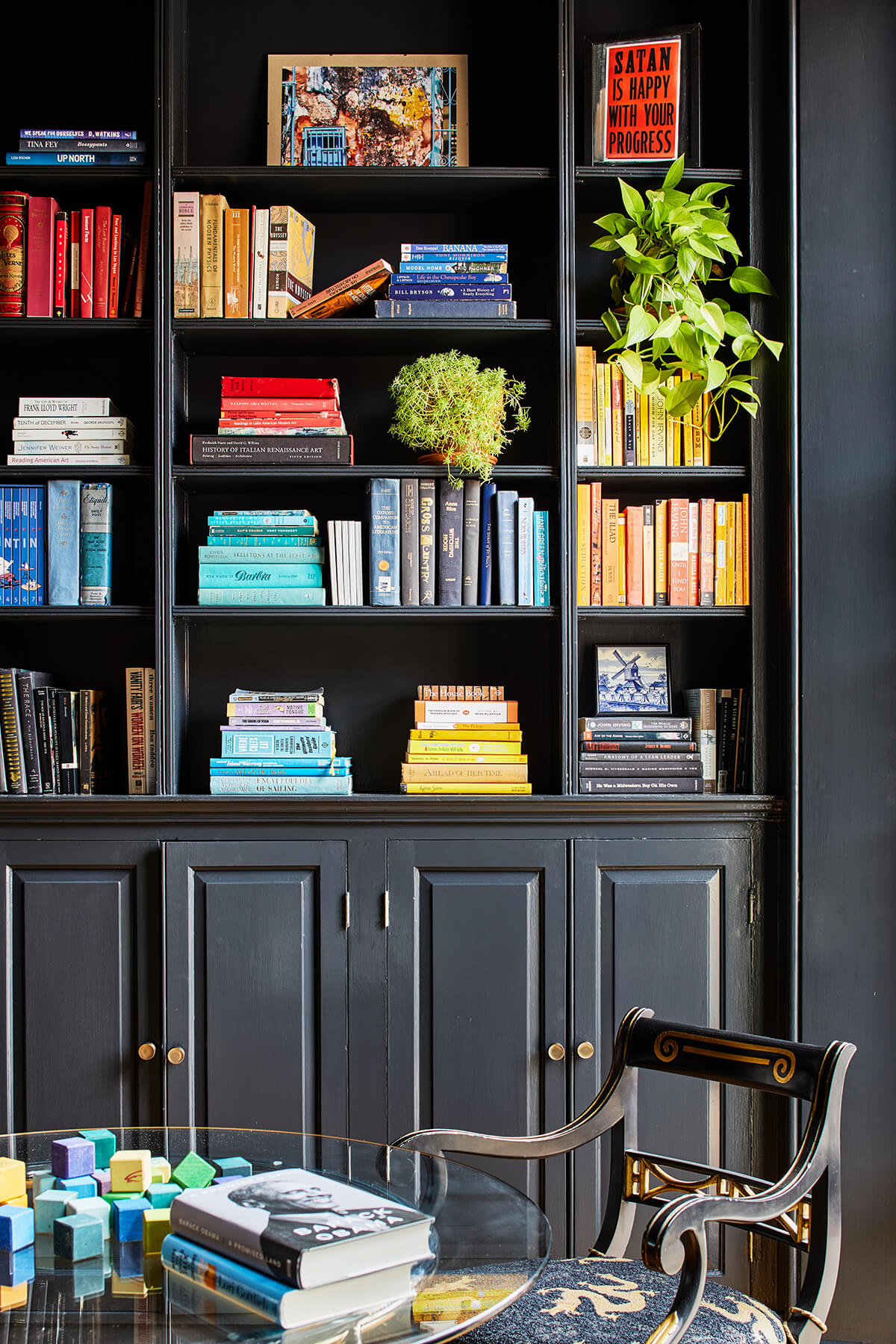
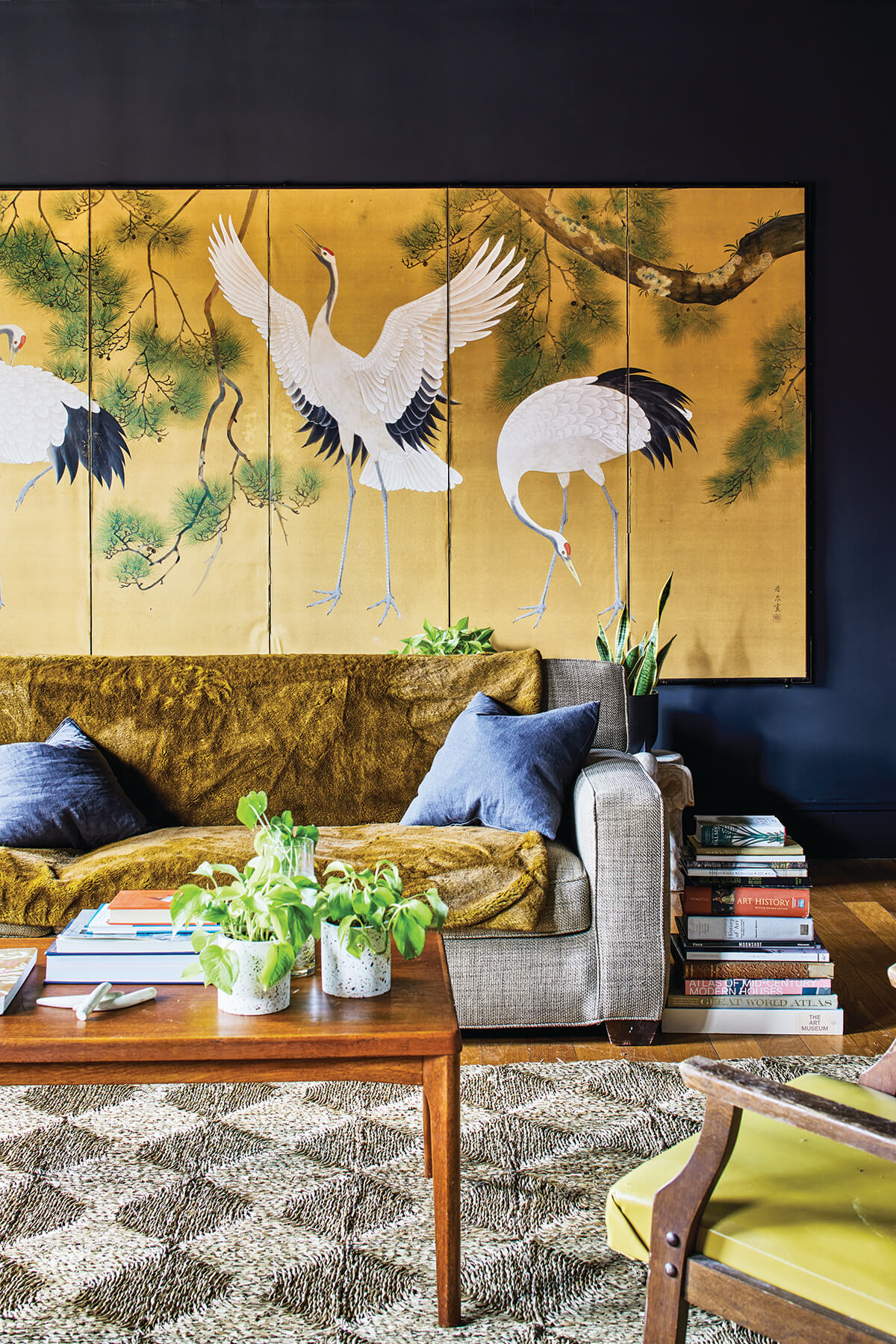
We’d spent so much time here as guests that, at first, we felt weird settling in, putting our stuff on Matt’s shelves, making a total mess of this once-pristine home. And our kids were beyond confused, asking when Mister Matt would be returning, and more importantly, why were we sleeping in his house? (Always one to stir the pot, Matt still asks them why the rent check is late when we FaceTime.)
Our excitement and gratitude eventually outweighed the oddity of our intimate real-estate transaction. But as fall became winter, and pandemic fatigue set in, we lost interest in making the house ours.
It became a purely functional space, a sort of modular sterile environment that needed to be, at a moment’s notice, all the places we couldn’t go: a restaurant, a school, a playground, an office, a gym, a bar. And once we stopped seeing the house, we stopped seeing the stuff inside it, too.
There was the ladder still leaning against the wall, bathed in the light of the bulb it helped us change. The bookshelf in our bedroom, jammed with paperbacks from my junior year Brit Lit class and my daughter’s missing ballet slipper. The chaotic playroom tucked away on the top floor, beloved for its mercifully opaque door, detested for the space it occupied in our minds. I’d wander past these things every day, only noticing them with a jolt when a friend from our tiny pod would ask to run inside to use the bathroom, or if a contractor was scheduled to come by to check some electric lines.
Acute messes—things like toilets, sinks, and dishes—were tended to, but constantly following two very young kids around with a broom and toy basket led to some tidiness apathy. It became too depressing to spend an hour organizing one space knowing that another was quickly being filled with whatever our cooped-up magpie children could find.
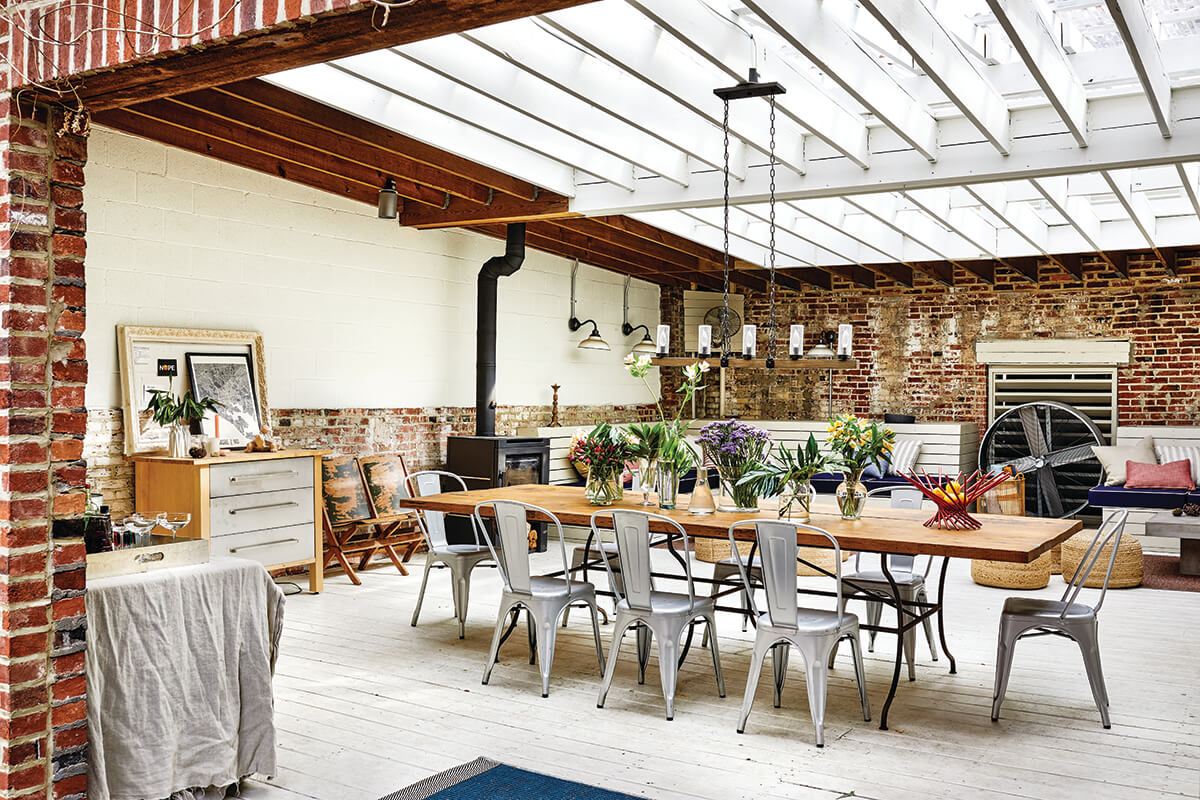
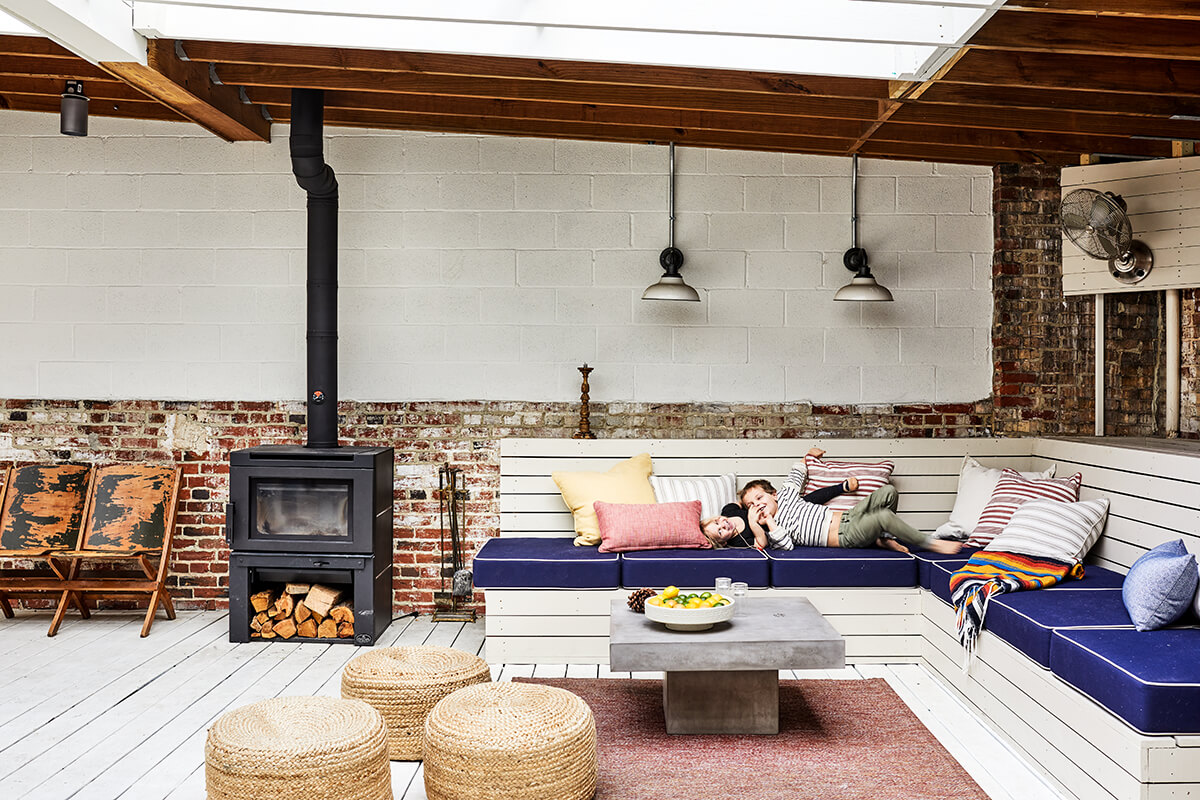
There used to be a bit of joy in cleaning up: preparing for friends coming for dinner, putting things back together after a fun playdate, even just cleaning for that moment of visual calm walking through the door after work. But when you can never leave, you never really come home.
Our collective clinical and aesthetic depression lingered until our good friend snapped us out of it. Adel Ainslie, an endlessly energetic South African designer and, to our great fortune, a member of our minuscule pandemic pod, blew in like a hurricane once we agreed it was time to start living in the house, not just existing here. She told us to pick a room to focus on and got to work.
Though she designs rooms from the floorboards up, Adel is also a big believer in using what you’ve got. We felt too stuck to make big-ticket purchases because our house wasn’t being used in the way we expected. It felt like tempting fate to consider seating arrangements for friends we could not yet host, or a nice sofa bed for overnight guests not currently approved by the CDC.
And so, instead, she rearranged, and the dull space we’d forgotten could be special, suddenly was. We had everything but the floor in our TV room painted in off black—a bold choice that could have felt oppressive but instead feels sophisticated and daring.
Adel dug around our storage unit filled with treasures from my husband Rob’s eccentric late grandmother and turned Sarasota-chic into Mid-Atlantic cool. Plants were pulled from other rooms in the house, and suddenly popped against the dark walls; a crazy mustardy-chartreuse blanket became a slipcover for our sofa, and Rob sanded and polished our 15-year-old coffee table until it looked new. An unbelievably inexpensive seagrass rug was ordered from California, and suddenly, a real room emerged.
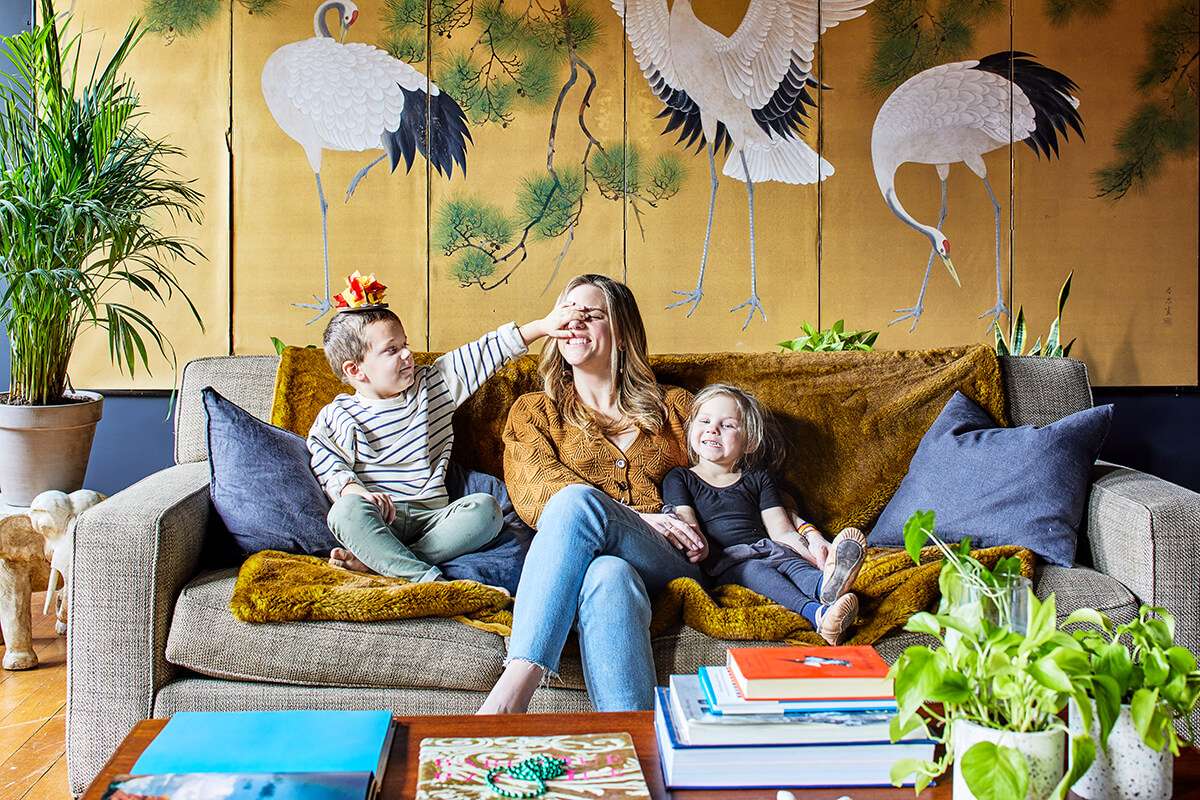
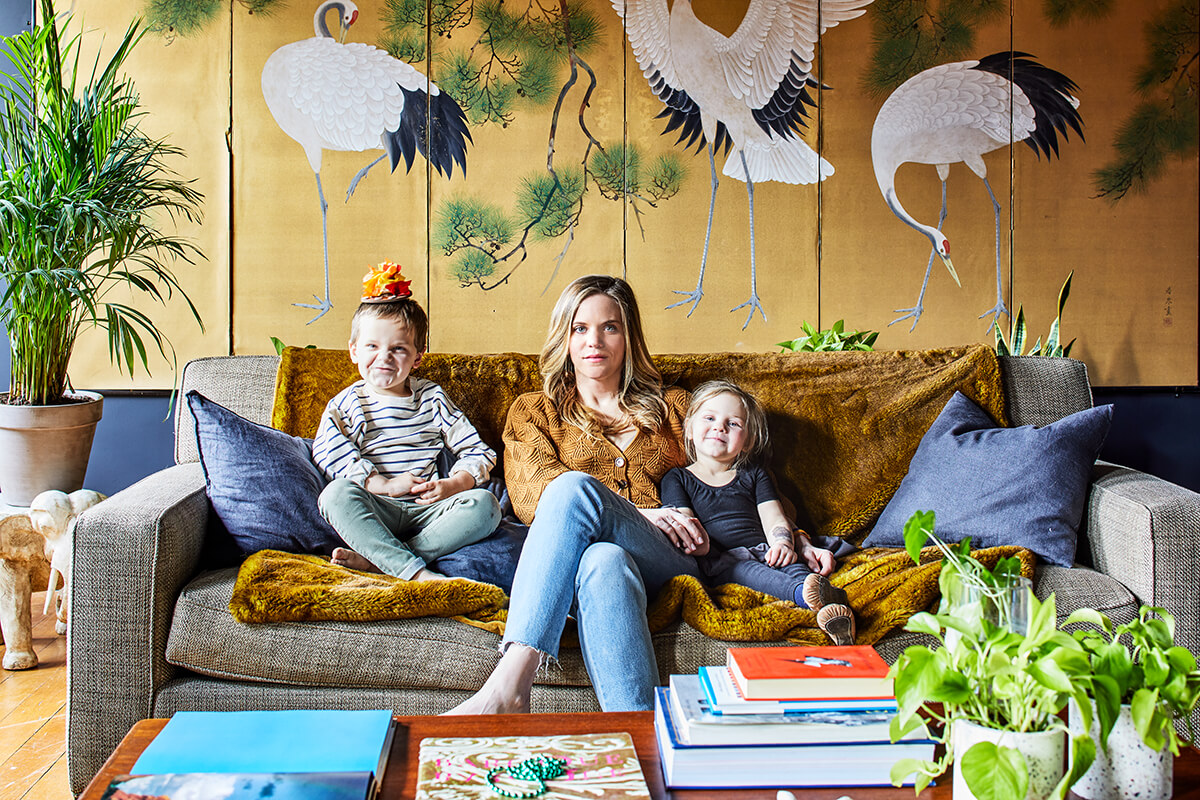
It’s currently the only finished space in the house, but we’ve got one, and that’s more than before. We keep the door closed to discourage the cats from going in and to preserve the incredible smell of the rug, and I still get little hits of dopamine from walking in and seeing beauty and order in our otherwise chaotic home.
As time marches on, Moderna, J&J, and Pfizer are really doing a great job to improve our mental health, but having this one gorgeous room was the mark of the fog lifting for us.
And yes, in a year spent in survival mode, feeling unbelievably grateful to be food-and house-stable, making our space beautiful felt trite. But what we’ve learned is that it’s not. We couldn’t see it until the world started making good on the promise of a post-pandemic life, but we understand, now more than ever, that there is room for gratitude and sanctuary, light and dark.